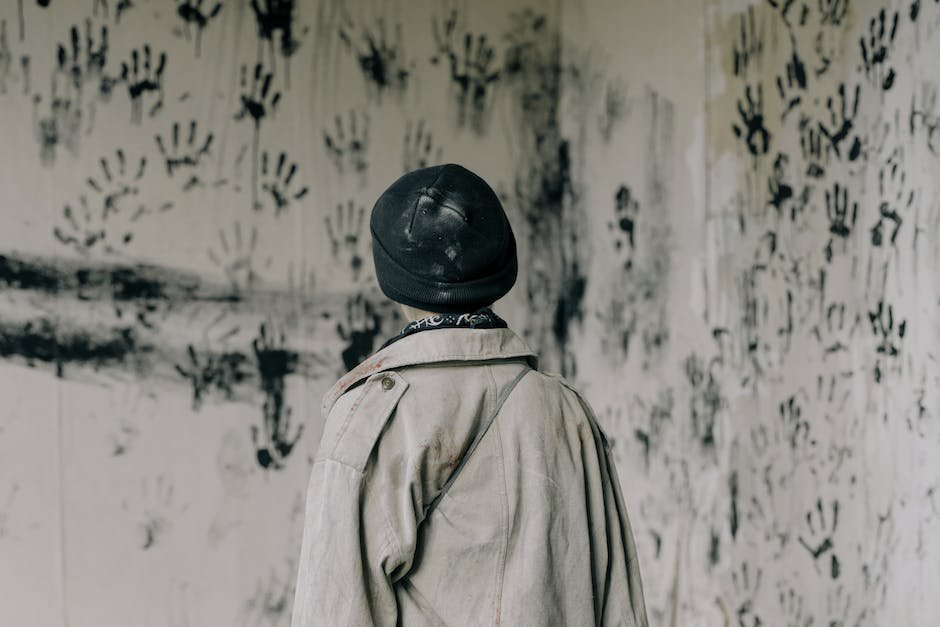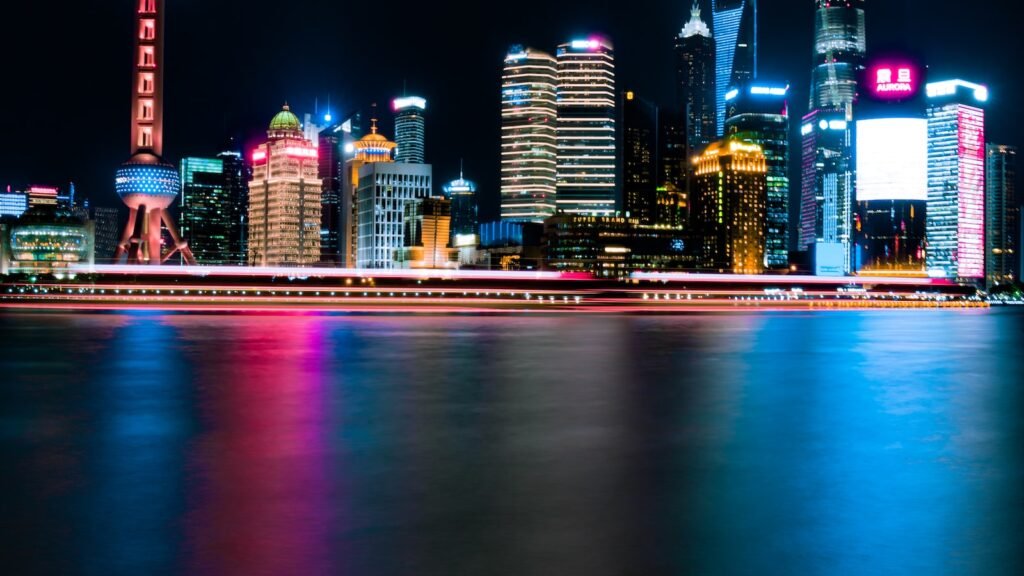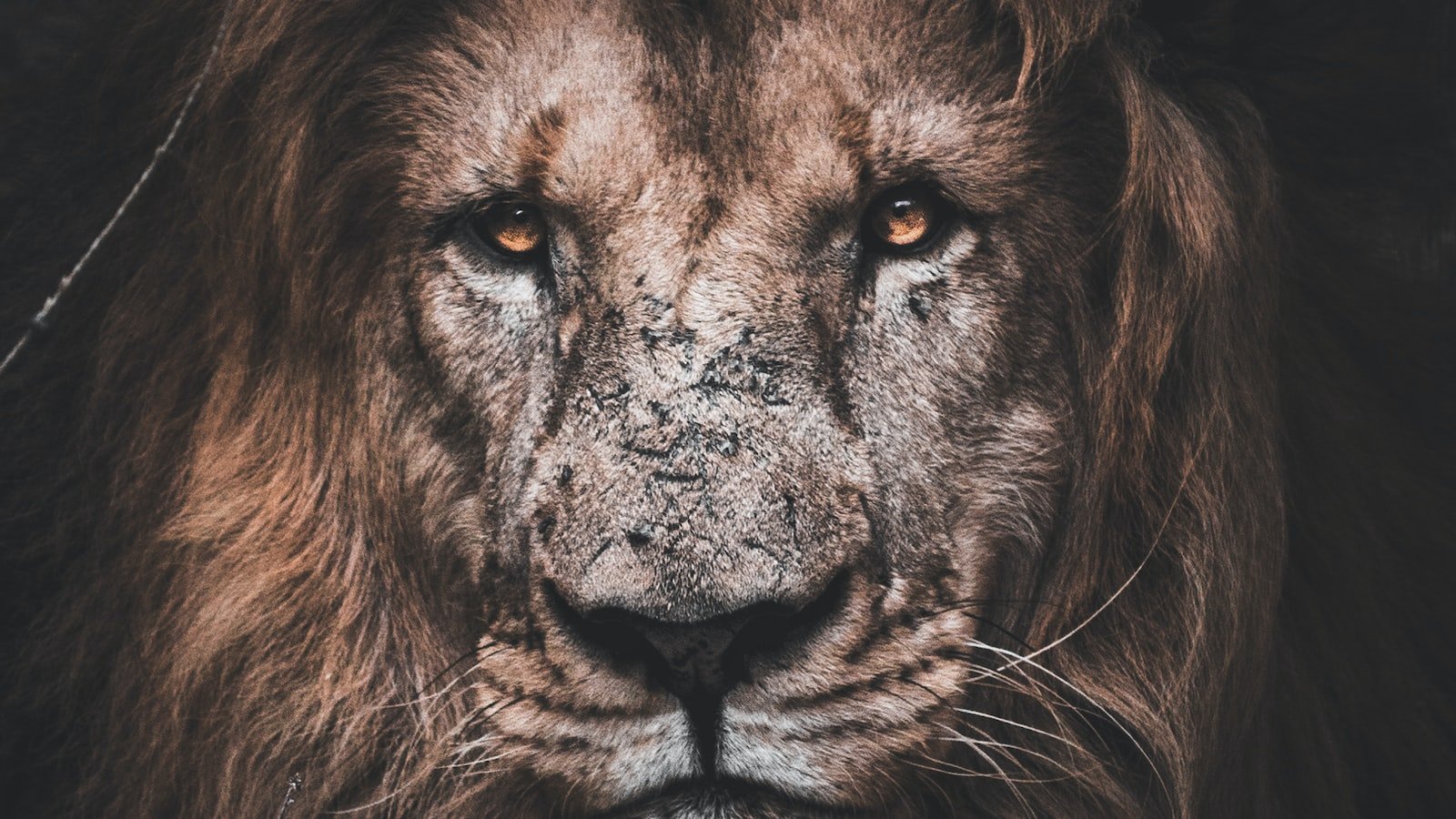Now Reading: How to Make Your Own Urban Emergency Plan
-
01
How to Make Your Own Urban Emergency Plan

How to Make Your Own Urban Emergency Plan
When the hustle and bustle of city life comes to a sudden halt, chaos can ensue. Whether it’s a natural disaster or a power outage, urban dwellers often find themselves unprepared for unexpected emergencies. But fret not, for in the realm of uncertainty, having a well-thought-out urban emergency plan can be a beacon of hope. It’s time to equip yourself with the knowledge and strategies required to navigate through life’s unforeseen challenges. So, grab a pen, gather your loved ones, and join us on this journey as we unravel the secrets to crafting your very own urban emergency plan.
Table of Contents
- Creating a Comprehensive Urban Emergency Plan: A Step-by-Step Guide
- Understanding the Risks: Identifying Potential Emergency Scenarios in an Urban Setting
- Building Your Emergency Kit: Must-Have Supplies for Urban Disasters
- Planning for Shelter and Evacuation: Ensuring Safety in a Crisis-Torn City
- Communication Strategies: Staying Connected and Coordinated with Urban Emergency Networks
- Q&A
- Final Thoughts

Creating a Comprehensive Urban Emergency Plan: A Step-by-Step Guide
In today’s rapidly changing world, it’s crucial for urban communities to be prepared for any emergency that may arise. Developing a comprehensive urban emergency plan is an essential step towards ensuring the safety and well-being of your community. This step-by-step guide will help you navigate the process, empowering you to create a robust emergency plan that covers all possible scenarios.
Step 1: Assessing Vulnerabilities
The first step in creating your urban emergency plan is to assess the vulnerabilities specific to your community. Consider the unique characteristics of your city, such as its layout, population density, and potential hazards. Engage with relevant stakeholders, including local authorities, emergency services, and community members, to gather important information and insights. By identifying potential risks and vulnerabilities, you can tailor your emergency plan to address them effectively.
Step 2: Establishing Communication Protocols
Effective communication is vital during emergencies to ensure timely and accurate dissemination of information. Establish clear communication protocols that outline how information will be shared within your community and with external organizations. Consider incorporating multiple communication channels, including text messages, social media platforms, public announcements, and reliable emergency alert systems, to reach a wide audience efficiently.
Step 3: Developing Response and Recovery Strategies
Next, focus on developing response and recovery strategies that outline specific actions to be taken during and after an emergency. This may include evacuation procedures, setting up emergency shelters, establishing medical response teams, and ensuring the availability of essential supplies. Additionally, define roles and responsibilities for key stakeholders, ensuring everyone knows their respective tasks to streamline coordination and response efforts.
While the above steps provide a general framework, it’s important to remember that each urban community is unique. Customize your emergency plan to best suit your city’s needs and regularly review and update it as circumstances evolve. By taking proactive measures to create a comprehensive urban emergency plan, you are safeguarding your community’s well-being and resilience in the face of adversity.
Understanding the Risks: Identifying Potential Emergency Scenarios in an Urban Setting
In today’s fast-paced urban environments, it is essential to be prepared for any emergency situation that may arise. By understanding the potential risks that exist in these settings, we can better equip ourselves to handle the unexpected. Here, we delve into a few key scenarios that urban dwellers should be aware of and ready to tackle:
-
Natural Disasters: Urban areas are not immune to the wrath of nature. Earthquakes, hurricanes, floods, and wildfires can cause significant destruction and pose immense risks to the population. Being prepared with emergency kits, evacuation plans, and up-to-date information from local authorities is crucial.
-
Terrorist Attacks: Unfortunately, cities are attractive targets for terrorists due to their high population density and symbolic importance. Identifying suspicious activities, reporting suspicious packages, and staying informed about potential threats are ways to actively participate in safeguarding one’s community.
-
Infrastructure Failures: Urban areas heavily rely on complex infrastructure networks. Power outages, water supply disruptions, or transportation breakdowns can occur unexpectedly, bringing about chaos and safety concerns. Maintaining emergency supplies, creating alternative communication plans, and staying up to date on maintenance schedules are imperative.
By familiarizing ourselves with these potential emergency scenarios and taking proactive measures, we can enhance our ability to respond effectively and keep ourselves and those around us safe in urban environments.
Building Your Emergency Kit: Must-Have Supplies for Urban Disasters
When it comes to urban disasters, being prepared can make all the difference. Creating an emergency kit packed with essential supplies can help you and your loved ones stay safe during unexpected events. Here are some must-have items to include in your emergency kit:
- Water: Stay hydrated by packing at least one gallon of water per person, per day. It’s crucial to have enough water to last a minimum of three days.
- Food: Stock up on non-perishable items such as canned goods, protein bars, and dry fruits. Make sure to include a manual can opener.
- First Aid Kit: Take care of minor injuries by having a well-equipped first aid kit that includes bandages, antiseptic wipes, pain relievers, and any necessary medications for family members.
- Flashlights and Batteries: Illuminate your surroundings with reliable flashlights and extra batteries to navigate through potential power outages.
- Phone Chargers and Portable Power Banks: Stay connected by having chargers suitable for your mobile devices and backup power banks to ensure you can communicate during emergencies.
- Emergency Blankets: Keep warm in unpredictable situations by packing emergency thermal blankets for each family member.
- Personal Hygiene Supplies: Maintain cleanliness by including items like toilet paper, hand sanitizer, wet wipes, and menstrual products, if applicable.
- Important Documents: Protect vital information by keeping copies of identification, insurance policies, and emergency contacts in a waterproof container.
- Extra Clothing and Blankets: Stay comfortable by packing a change of clothes, sturdy shoes, and additional blankets to provide warmth.
- Cash: Have some emergency funds in small denominations, as ATMs and electronic payment systems may not be accessible during disasters.
Remember, disasters can strike without warning. By having these essential supplies at hand, you can increase your chances of staying safe and resilient during urban emergencies.
Planning for Shelter and Evacuation: Ensuring Safety in a Crisis-Torn City
In times of crisis, ensuring the safety of individuals and communities becomes paramount. To navigate the challenges of a crisis-torn city, meticulous planning for shelter and evacuation is crucial. By developing a comprehensive strategy, we can minimize the risks and ensure the well-being of those affected. Here are key steps to consider:
- Identify safe zones: Designate areas within the city that can serve as safe zones during a crisis. These can include schools, community centers, or other sturdy buildings that can provide protection from potential hazards.
- Establish evacuation routes: Create clear and accessible routes for people to leave the affected areas. These routes should consider various transportation modes and should be well-marked to ensure easy navigation.
- Communication is key: Implement a robust communication system to disseminate vital information to residents. Utilize emergency broadcasts, social media platforms, and other channels to keep everyone informed about evacuation plans, shelter locations, and any updates regarding the crisis.
Remember, the safety of our communities depends on proactive planning and preparedness. By taking these steps, we can ensure that the people in our crisis-torn city have the resources and support needed to overcome adversity with resilience.
Communication Strategies: Staying Connected and Coordinated with Urban Emergency Networks
During times of urban emergencies, effective communication is crucial for coordinating response efforts and staying connected with emergency networks. Here are some strategies to ensure seamless communication:
- Establish a centralized communication hub: Create a central command center equipped with the necessary communication tools such as radios, phones, and computers to facilitate effective and coordinated communication.
- Utilize multiple communication channels: Employ a diverse range of communication channels including radio frequencies, mobile applications, email, social media platforms, and SMS alerts. This ensures that important messages reach individuals through their preferred method of communication.
- Maintain open lines of communication: Encourage frequent and transparent communication amongst key stakeholders, emergency responders, and the affected community. Regular communication updates can help build trust, convey important information, and address concerns in a timely manner.
- Train and educate responders: Provide comprehensive training to emergency responders on effective communication protocols and technologies. This ensures that they are well-prepared to handle communication challenges that may arise during an emergency.
- Establish backup systems: Implement redundant communication systems to mitigate the risk of disruptions. This can include alternative power sources, backup communication equipment, and contingency plans for situations where primary channels fail.
- Coordinate with external partners: Collaborate with relevant external organizations, such as telecommunications providers, to ensure optimal use of resources and to leverage their expertise in maintaining reliable communication networks.
By implementing these communication strategies, urban emergency networks can enhance their ability to stay connected, coordinate response efforts, and ensure the timely and accurate dissemination of critical information.
Q&A
How can I prepare for an urban emergency?
To create your own urban emergency plan, start by identifying potential risks in your area and researching emergency resources available. Develop a communication plan with your family, gather essential supplies, and familiarize yourself with evacuation routes and emergency shelters.
What should be included in my emergency supply kit?
Your emergency supply kit should include essential items such as water, non-perishable food, a first aid kit, flashlights, batteries, a battery-powered radio, medications, and personal documents. Additionally, consider adding items specific to your family’s needs, such as pet supplies or infant formula.
What are some key elements of an urban emergency plan?
An urban emergency plan should include a designated meeting place for your family, contact information for local authorities, and a list of emergency phone numbers. It is also important to assign specific tasks to each family member, such as checking gas and water shutoff valves, and practicing emergency drills.
How can I stay informed during an urban emergency?
To stay informed, sign up for emergency alerts and notifications provided by your local government or emergency management agencies. Additionally, have a battery-powered radio on hand to receive updates and listen to local news stations for the latest information.
What should I consider when creating a communication plan?
When creating a communication plan, identify an out-of-state contact that all family members can reach and establish a meeting point in case your home becomes inaccessible. Ensure everyone knows how to send text messages, as they may be more reliable than phone calls during an emergency.
How often should I review and update my urban emergency plan?
It is recommended to review and update your emergency plan at least once a year, as well as after any major life changes or significant emergencies in your area. Regularly checking and refreshing your supplies is also important to ensure everything remains functional and up-to-date.
Final Thoughts
As we conclude our journey into the realm of urban emergency planning, remember that it’s always better to be prepared than caught off guard. Creating your own urban emergency plan is not just a practical exercise, but a profound act of self-sufficiency and empowerment.
In a world where uncertainty lurks around every corner, our ability to navigate through adversity is paramount. Your urban emergency plan will become your guiding light, illuminating the path when darkness descends. It will shovel away the heaps of worry, replacing them with the comforting embrace of preparedness.
With careful consideration and a touch of ingenuity, you have now established a blueprint tailored to your exact needs and circumstances. It is a testament to your resilience and determination to safeguard those you hold dear. The beauty of your urban emergency plan lies in its versatility, as it can be easily adapted to meet the evolving demands of your urban landscape.
Remember to revisit and revise your plan periodically, ensuring its relevance in a world perpetually changing. Share your knowledge with loved ones, neighbors, and communities, for unity in preparedness empowers us all. Together, we can forge a formidable network of urban warriors, ready to face whatever challenges lie ahead.
As you embark on your journey with this newfound knowledge, always keep an open mind, and embrace the unexpected twists and turns that life may throw your way. Whether it’s a natural disaster, civil unrest, or unforeseen emergencies, let your urban emergency plan serve as your steadfast companion throughout any storm.
So, take a deep breath, bolstered by the confidence that comes with careful preparation. Embrace the peace of mind that arises from knowing you have taken the necessary steps to protect yourself and your loved ones.
May your urban emergency plan be the guardian angel that provides solace amidst chaos and the guiding light that leads you towards safety. Let it be a subtle reminder that, in the face of adversity, courage and preparation can conquer even the most daunting challenges.
Now, dear reader, armed with this knowledge, go forth and create your urban emergency plan. For in doing so, you have fortified both your present and your future, ensuring that you remain resilient against any urban storm that may come your way. Stay prepared, and stay safe.
This marks the end of our urban emergency planning exploration, but it is only the beginning of your journey towards self-reliance. Remember: “Fortune favors the prepared mind.
As an affiliate, my content may feature links to products I personally use and recommend. By taking action, like subscribing or making a purchase, you’ll be supporting my work and fueling my taco cravings at the same time. Win-win, right?
Want to read more? Check out our Affiliate Disclosure page.





